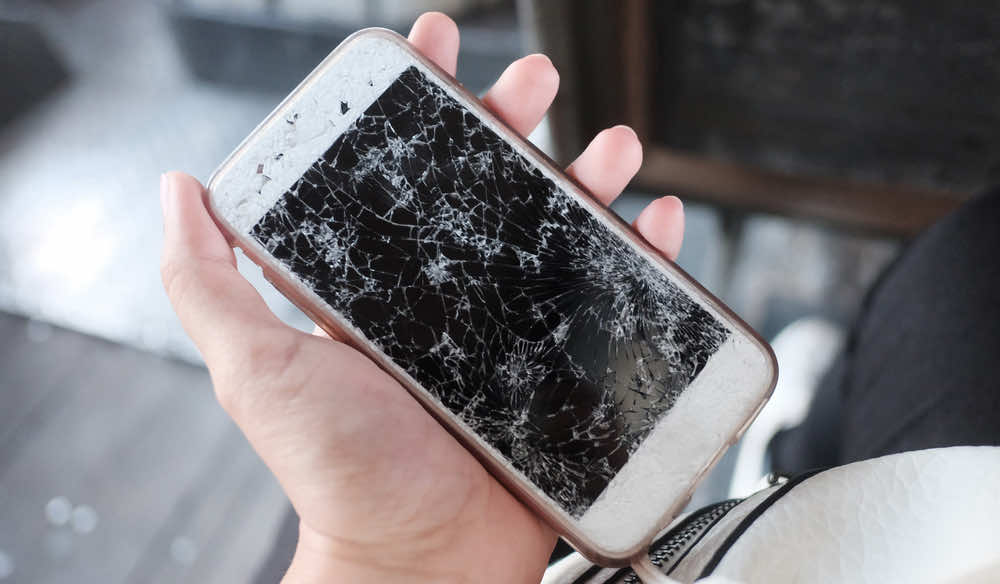You buy a $1200 phone and it takes just one drop to pour all that cash down the drain. With most phones coming in glass bodies, we’re in bigger need of materials that could fix themselves than ever before. Perhaps you scratch your car slightly, how good it could be if that scratch would go away by itself in a day or two. Maybe a dent could push itself out. The possibilities with a self-healing material are endless but such materials are few and far between with a lot of restrictions.
Most self-healing materials being researched right now are soft and can’t be used in many applications. To remedy this, researchers at the Indian Institute of Science Education and Research or IISER, Kolkata, and IIT Kharagpur, might have found a solution. They are aiming to make the world’s toughest self-healing material. Something that could be used in phones or maybe in devices as well. They’ve made a material that’s transparent and hard as well, perfect for smartphone screens.
The Telegraph India was the first to report about the new material. The researchers at Kolkata apparently used a piezoelectric organic material. A piezoelectric material can convert mechanical energy into electrical energy and vice versa. The material was used to make needle-shaped crystals that were 2mm long and 0.2 mm wide. The results of the research were published in the journal Science. The self-healing part had to do with the molecular arrangement of the structure.
Due to the crystals’ unique molecular arrangement, a strong attractive force was developed between the two surfaces. This meant that every time a fracture would occur, the attractive forces would join the pieces back up again. This happened without an external stimulus as well. Most self-healing materials usually need to heat up to activate their effects. The research shows promise and could lead to a future where smartphone screens just repair themselves after a crack.
Bhanu Bhusan Khatua of IIT Kharagpur explained that “During repair, fractured pieces travel with honeybee wing-like motion with acceleration comparable to diesel cars”.
According to lead researcher, Professor Chilla Malla Reddy, “Our self-healing material is 10 times harder than others, and it has a well-ordered internal crystalline structure, that is favored in most electronics and optical applications”. Professor Khatua, a member of the team from IIT Kharagpur, also said that “I can imagine applications for an everyday device. Such materials could be used for mobile phone screens that will repair themselves if they fall and develop cracks”.
It’ll take a few years before the material is even commercialized but it’s good to know that we still have many ways to innovate on current technologies.

